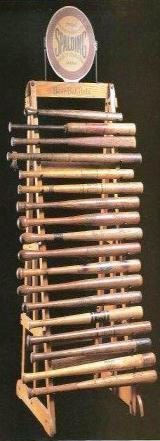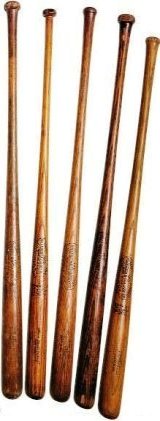My 12 year old son hits ball very hard in BP but only makes soft contact in game.
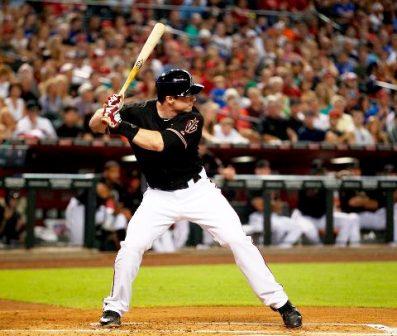
Quiet and Loaded
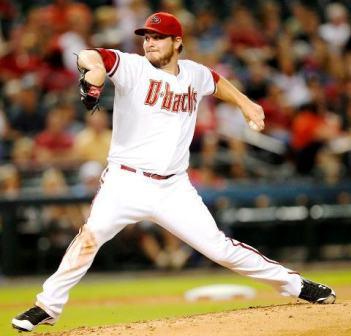
Pitcher's Load
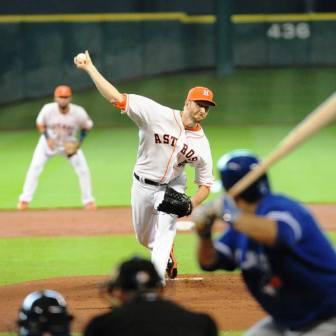
Hitters Pick The Ball Up Right Here
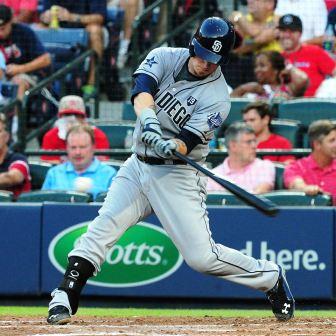
Everything Is Right
Anonymous asked: Dear Rick, my son is able to hit hard line drives in BP.
He is able to hit fast pitching off a pitcher and machine in practice. When he gets in the game he always makes contact, ground balls and weak line drives.
In about 10 games this year he has not struck out or even swung and missed.
He has tried a lot of things mainly everyone telling him to relax, and he has tried to get his foot down early and tried to load earlier.
He also has a tendency to lean toward plate or cave in towards ball.
We practice soft toss and tee work and he does well but it does not translate to game.
This is very frustrating and is taking the fun out of the game. Your help is much appreciated.
Thank You
Rick answered: Thank you for your question.
It certainly does sound like something is going on. Without seeing him hit in real time, it is hard to focus in on a specific; but your overall description brings up some possibilities.
Making consistent contact as you described, points to good hand eye coordination.
At this point in time, 10 games in and advice from every corner of the globe, he is frustrated, confused and silently talking to himself almost constantly during games. Quite possibly the hitting frustrations have caused some issues on defense as well, as he can't put the at bats behind him.
Suggesting he relax is solid advice; but without a specific plan on how to relax, in his mind, it can become just one more thing to work out at the plate, where he already feels somewhat overwhelmed.
Possibly, 10 games into the season, he is simply in a slump. The following link has some ideas for slump busting. Included are various ways to relax and deflect the pressure, leaving the hitter better able to focus on seeing the baseball.
Hitters quite often look at MLB hitters and attempt to emulate their favorite player, in one form or another.
One of the most common is hitting, both stances and loads. Quite often this leads to various forms of a front leg kick, which definitely creates timing issues for younger players.
With all their movement, MLB hitters with their skill levels and experience, are able to generate that motion and get to the ball on time. Younger players simply are not.
It works in BP and on the tees; but in real time it creates timing issues. When younger hitters experience feeling late to the baseball, more often than not, their solution is to swing harder.
Swinging harder disrupts their mechanics and they start looking for mechanical solutions, when what they need to do is get their front foot down slowly and early, so they do not feel rushed to get there.
Front foot down and load are simultaneous actions. A good quiet load transfers a hitter's weight from his front leg to his back leg, as he rotates his front shoulder in at the same time, which loads his hands and closes his front side.
Within that sequence, he is able to limit the amount of movement that gets generated with his head. When the head moves, the ball moves and difficulties emerge.
I suggest hitters get to their power position at the same time the pitcher gets to his. That frees the hitter up to simply focus on seeing the ball at the pitcher's release point. Nothing is left to time out, except the swing.
The two links below may provide you with some additional possibilities:
Hitting Progressions.
Hitter Development.
Leaning in towards the plate and caving in towards the ball should be causing balance and stability issues. Tough to hit the baseball hard when your base is not stable.
When in doubt, simplify. The late and great Sports Psychologist, Harvey Dorfman said : People Are Complicated; Baseball Is Not!
Sound advice from a very astute man.
Without a doubt, games are different from practice. The atmosphere and pressures that are created can, at times, create havoc with a players' mental game.
Stay positive and patient. Help him develop an approach at the plate.
1. Focus on seeing the ball at the pitcher's release point
2. Get a good pitch to hit
3. Put a good swing on the ball
4. Drive the ball somewhere
A hitter has control over the 4 steps above. If he takes that approach to the plate in every at bat, then he has created the most positive environment for success.
Once the ball hits the bat, the hitter no longer has control over the outcome.
It helps hitters to go to the plate looking for a fastball to hit. We are all better fastball hitters than we are off speed and curveball hitters.
If you are specifically looking for a fastball, you should not be swinging at breaking balls or change ups, early in the count.
You can start by looking just for the specific fastball that you personally hit the best. As you go along, you will be able to expand that zone to additional locations.
Pitchers are taught to get ahead of the hitter. Take advantage of that by jumping on those get ahead fastballs, early in the count.
The link below provides some insight into why hitters might want to avoid 2 strike counts as much as possible. These statistics have remained constant since 1986, when MLB started tracking them:
Batting Average Analysis
Armed with a specific plan will help clear his mind and allow him to use the skills he has already developed.
He is still playing at this point in his life, he certainly has had successes at each of the levels he has played at.
Those successes of his past are far more significant than his fears of the future. He should trust his skills, which will free him up to use them!
Good luck as you both move forward. There are no immediate, magical cures; but developing a simple plan and going about executing it is a great place to start.
I would be interested in hearing how he is progressing.
Yours in baseball,
Rick
Click here to post comments
Join in and write your own page! It's easy to do. How? Simply click here to return to Ask The Baseball Coach.
|

